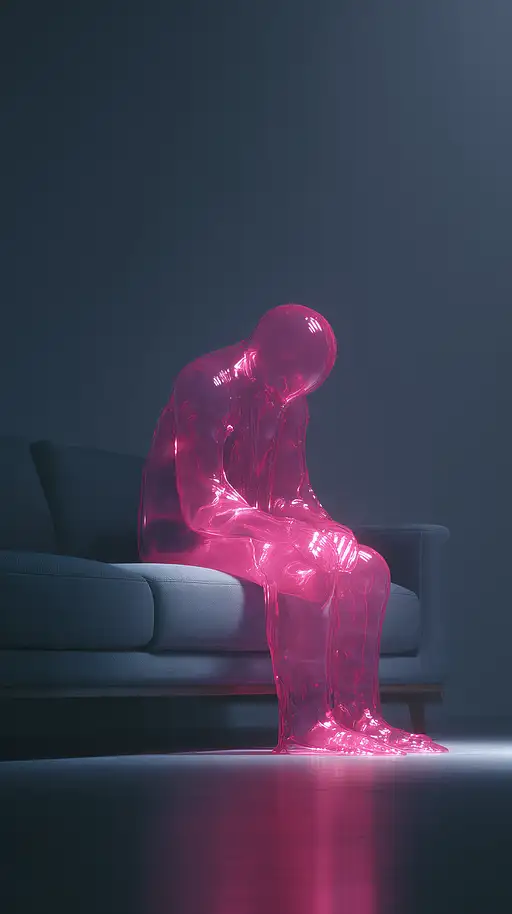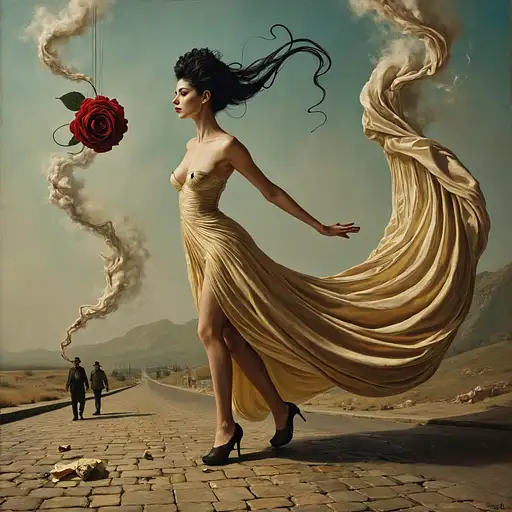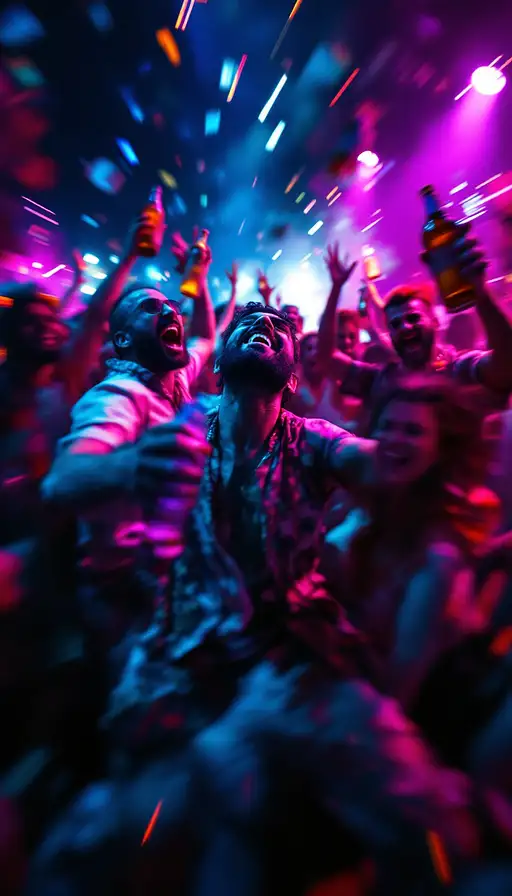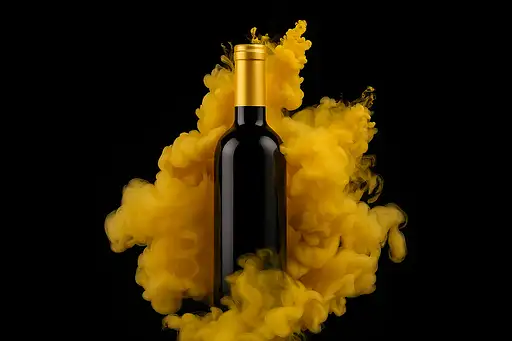
9 months ago
prompt: "A breathtakingly elegant woman with ethereal beauty, her deep, expressive eyes capturing a sense of mystery and allure. She has flawless, porcelain-like skin with a soft glow, highlighted by cinematic lighting that emphasizes her delicate bone structure. Her lips are painted a bold, glossy red, contrasting beautifully against her fair complexion, while her smoky eye makeup enhances her gaze. She wears a stunning red satin evening gown with a daring, plunging neckline, its silky, reflective fabric cascading over her slender frame in delicate folds. The intricate details of the dress are captured with ultra-high definition, showcasing the richness of the fabric and its fluid motion. Her dark brown hair is elegantly styled in a classic updo, with soft, wispy strands framing her face, adding to the timeless charm of the portrait. She wears sparkling diamond drop earrings, subtly catching the ambient light. The softly blurred, painterly background enhances the mood, giving the image an artistic yet photorealistic feel. Ultra-HD rendering, hyper-realistic textures, cinematic depth, masterfully controlled lighting, refined elegance, smooth skin gradients, detailed fabric reflections, and a luxurious, sophisticated composition. 8K resolution, painterly realism, and AI-generated fine art photography."
























